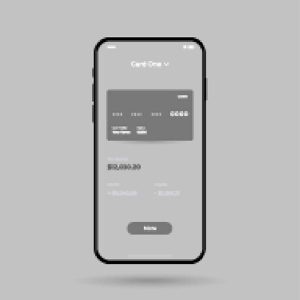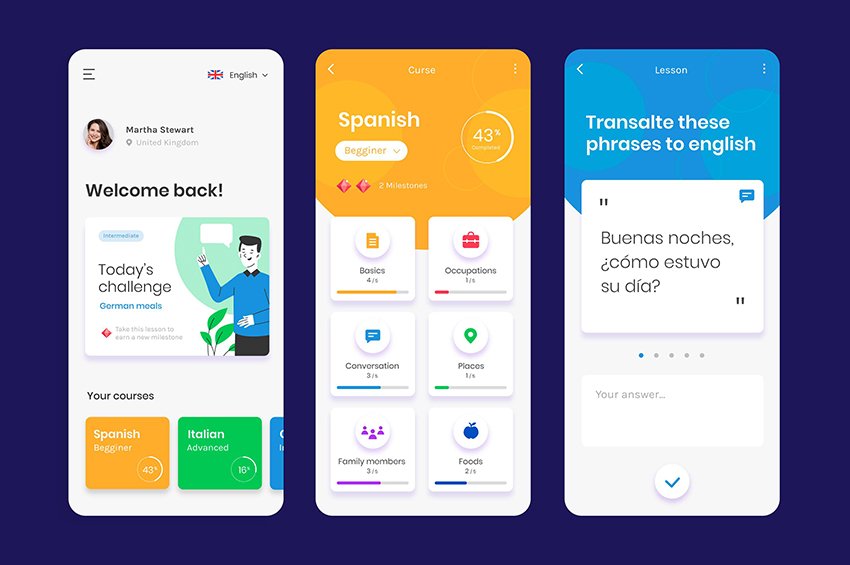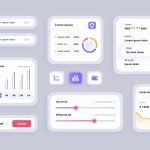No products in the cart.
React Mobile App
Project Details
Conducting a review of a React mobile app project involves evaluating various aspects such as functionality, user experience, design quality, performance, and code quality. Here’s a structured approach for reviewing your React mobile app project:
React Mobile App Project Review
1. Objective Assessment
- Project Goals: What were the primary objectives of the mobile app? (e.g., user engagement, service delivery, information access)
- Target Audience: Is the app designed to meet the needs of its intended users (e.g., consumers, professionals, specific demographics)?
2. Design Quality
- User Interface (UI): Is the UI modern and visually appealing? Are colors, fonts, and icons used effectively to enhance the overall experience?
- Layout: Is the layout intuitive? Are navigation elements, buttons, and content organized logically for easy access?
- Consistency: Are design elements consistent throughout the app, including color schemes, typography, and iconography?
3. User Experience (UX)
- Ease of Use: Is the app easy to use for both new and returning users? Are common actions (e.g., navigating, searching) intuitive?
- Onboarding Process: Is there a clear onboarding process for new users? Does it effectively guide them through the app’s features?
- Feedback Mechanisms: Are there ways for users to provide feedback or report issues? Is user feedback actively considered for improvements?
4. Functionality
- Core Features: Are all intended features functioning correctly? Are there any bugs or glitches that hinder user experience?
- Performance: Does the app load quickly and operate smoothly? Are there any performance issues, especially on lower-end devices?
- Offline Functionality: Does the app provide any offline capabilities? How well does it handle connectivity issues?
5. Technical Execution
- Code Quality: Is the codebase well-organized and maintainable? Are best practices followed in React Native development (e.g., component structure, state management)?
- Testing: Are there automated tests in place (unit tests, integration tests)? How thoroughly is the application tested?
- Documentation: Is there sufficient documentation for developers and users? Does it cover installation, usage, and troubleshooting?
6. Performance Optimization
- Loading Speed: Does the app load quickly? Are there any performance bottlenecks, especially during peak usage?
- Scalability: Can the app handle a growing number of users and data without degrading performance? Is it built to scale effectively?
- Resource Management: Are resources (images, data) optimized to reduce load times and improve performance?
7. Security
- Data Protection: Are user data and interactions secured? Are there measures to protect against common vulnerabilities (e.g., XSS, CSRF)?
- Privacy Policies: Are user privacy policies clearly stated? Is user data handled in compliance with relevant regulations (e.g., GDPR)?
8. Future Improvements
- Feature Expansion: Identify opportunities to add new features (e.g., push notifications, social sharing).
- Performance Enhancements: Highlight specific areas where performance could be improved (e.g., optimizing rendering, reducing bundle size).
Recommendations
- User Testing: Conduct user testing sessions to gather insights on usability and areas for improvement.
- Regular Updates: Plan for regular updates to keep the app current with user needs and technological advancements.
- Feedback Loop: Establish a feedback mechanism for users to suggest improvements or report issues.
Conclusion
A successful React mobile app should effectively meet user needs, provide a seamless experience, and achieve its intended goals. By assessing these components, you can identify strengths and areas for improvement, ensuring the app serves its purpose effectively.
If you have specific elements of the project you’d like to discuss further or need assistance with, feel free to ask!











